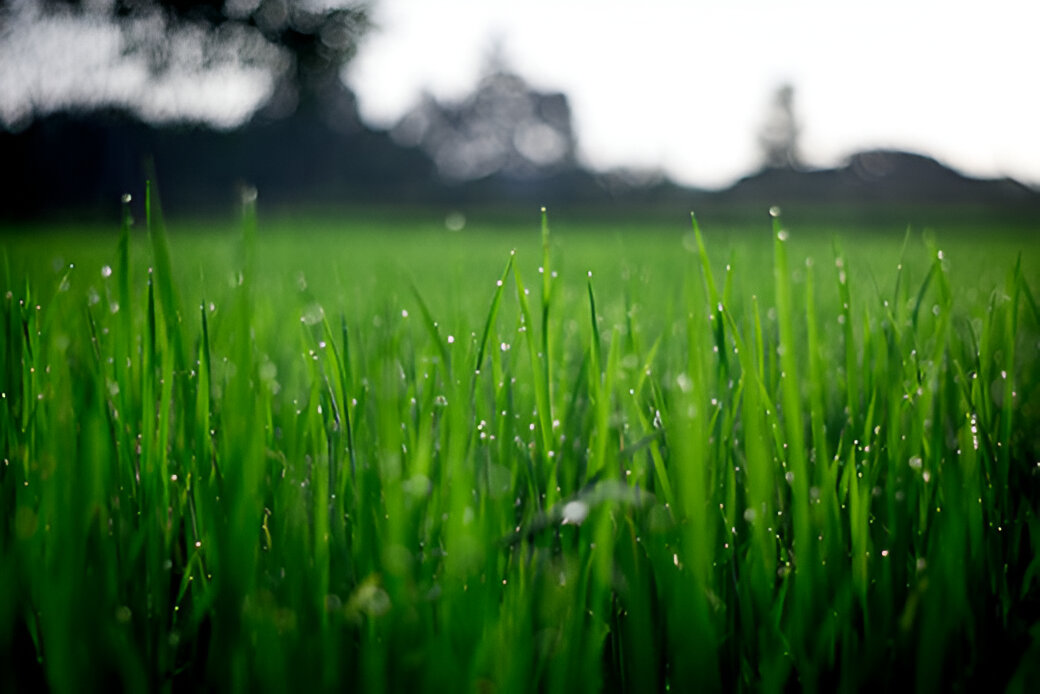Higher temps, humidity make lawns more susceptible to brown patch

Watering early in morning is one way to prevent fungus, says K-State’s Domenghini
As many parts of Kansas and the Midwest brace for summer weather – that is, warmer nights and higher humidity – homeowners may need to adjust their strategy for watering tall fescue lawns.
Kansas State University horticulture expert Cynthia Domenghini says summer’s weather patterns often mean the amount of time grass blades stay wet increases, making them more susceptible to the disease, brown patch.
“Brown patch is primarily a leaf pathogen, but with a severe outbreak, the fungus can spread down into the crown and cause plant death,” Domenghini said. “However, depending on the weather, typically the turfgrass recovers within 2-3 weeks.”
The symptoms of brown patch can be similar to those of drought, Domenghini said. “But if you look closer at the grass plants, around the edge of the symptomatic area, and if you notice tan spots with a dark halo, then you likely have brown patch.”
Brown patch exists in the soil. It cannot be eliminated from the lawn but is also not carried from one lawn to another, according to Domenghini.
She offered these tips to reduce the lawn’s susceptibility to brown patch:
- Water in the early morning, rather then the evening, and only as needed. This decreases the number of hours the grass blades stay wet.
- Fertilize according to recommendations for your lawn. Don’t fertilize when brown patch is active.
- When seeding, follow recommended rates.
- Grass growing beneath trees does not dry as quickly. Use a mulch ring around trees so that grass is not growing beneath the canopy.
“Fungicides can be effective to prevent brown patch, though the most commonly used products are expensive and typically only available in large quantities,” Domenghini said. “Preventative fungicides are recommended if you want a blemish-free lawn, beginning in mid-June through August, but this does get expensive.”
Domenghini and her colleagues in K-State’s Department of Horticulture and Natural Resources produce a weekly Horticulture Newsletter with tips for maintaining home landscapes and gardens. The newsletter is available to view online or can be delivered by email each week.
Interested persons can subscribe to the weekly newsletter, or submit their garden and yard-related questions, by sending email to Domenghini at [email protected], More information also is available at your local K-State Research and Extension office.
PHOTO: Lawn closeup (K-State Research and Extension)



